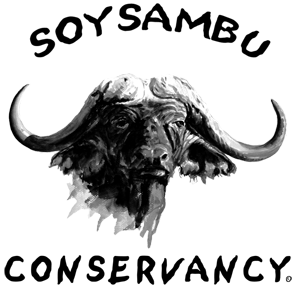Hi everyone. Sorry for our long absence we’ve been pretty busy here on Soysambu. First of all I’d like to say a big welcome to Shea who has joined our team for a couple of months to help with the giraffe project (it’s hard work identifying all the new ones although the babies are very cute!)
Our new camera trap has attracted a lot of interest from the wildlife, getting some fantastic close ups! KWS have recently performed a buffalo translocation, it was quite incredible to be able to get up close to these animals a little scary at time though as they are huge. Also we’ve had a team from Nairobi studying our bats and their parasites. We never knew we had so many bats or so many different species on the conservancy, very exciting times. Always good to find out something new!
Our Soysambu Conservancy UK Charity donation site is now operational. Please Donate to help support our conservation efforts with these amazing animals. http://uk.virginmoneygiving.com/charity-web/charity/finalCharityHomepage.action?charityId=1008875
Don’t forget to check out our facebook page for more news – www.facebook.com/Soysambu






















